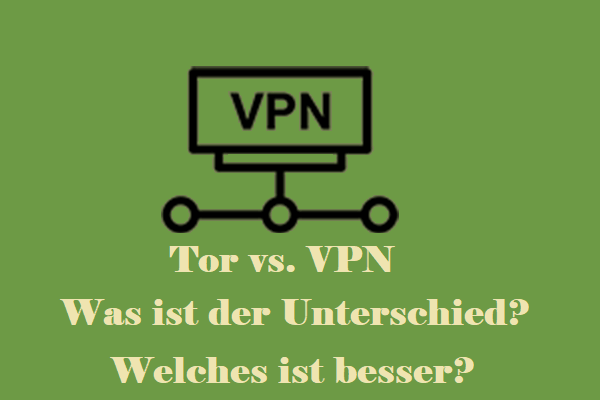

All traffic is encrypted between users and exit relays. There are normally three relays in a circuit. However, reputable (and prudent) providers don't look at traffic, keep logs, or associate entry and exit activity. And they can see all content that's not end-to end encrypted with Internet sites. VPN providers: 1) know that you have an account 2) know your IP address when you connect and 3) know what Internet sites you visit. It knows only that you're using a VPN service. With billions of possible routes, reuse is unlikely on a scale of months, or even years. There are few possible routes, so reuse is likely on a scale of days (or at most weeks, for the largest providers). And circuits are replaced at ten minute intervals, unless they've been pinned open by active connections. A few VPN providers offer custom clients that change routes automatically.Įach connection by an app uses a new, dedicated circuit. For most providers, it's done manually, either in custom clients or by users. With ~1700 entry guards, ~1000 exit relays and ~2300 non-entry/non-exit relays, about four billion distinct circuits are possible. There are typically 10-100, but some services claim as many as a few hundred.įor even the largest VPN services, there are at most a few hundred distinct routes.

Three by design, but collusion is possible. For onion (aka `hidden`) services, clients and servers each use three-hop circuits to reach rendezvous nodes. The Tor Project has been funded primarily by U.S. VPN services are generally private firms or NGOs. It's now managed by an NGO, the Tor Project. Naval Research Laboratory in the early 00s, and then released into the public domain. Tor is a second-generation onion-routing anonymity system. They provide secure, private wormhole tunnels through the public Internet from client apps to VPN servers. The first VPN services appeared in the mid 90s. VPN protocols were developed in the 80s-90s for securing government and commercial networks.


 0 kommentar(er)
0 kommentar(er)
